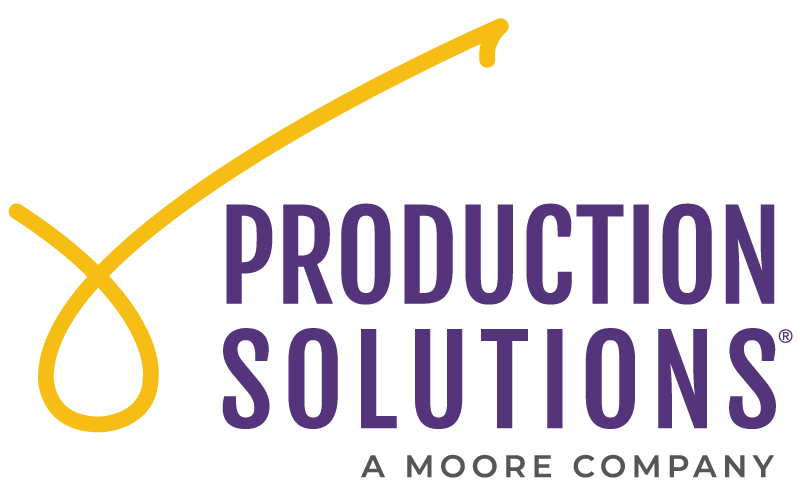Diamond in the Rough: What we can learn from the American Cancer Society
 Production Solutions
Production Solutions

Understandably, much has been made of ACS’ decision to halt its direct mail acquisition and conversion program, and its promise to let the industry behind the curtain of consequences and results related to this decision. Unfortunately, the professionals in the room were left with more questions than answers.
“…rather than focus on what we didn’t learn, I think we should focus on what we can learn.”
What did ACS learn that we didn’t know before? How did the reallocation of those acquisition and conversion dollars make an impact on the mission? How can we as an industry improve our Cost per Dollar Raised (CPDR) ratio?
These questions, among others, are key to nonprofits and partners alike as we all strive to be the best stewards of donor dollars and attract new support for critical causes – like cures for cancer, but rather than focus on what we didn’t learn, I think we should focus on what we can learn.
The facts are clear: direct mail acquisition is the best way to keep the donation funnel full of individuals committed to supporting your cause, although it can have a high Cost per Dollar Raised (CPDR). Using ACS as a case study, I asked my team to think critically about how we can apply what we DID learn from the session. Here’s what we think:
- ACS’ direct mail donors were found to stay in that channel, restricting the ways ACS was able to communicate with them. This led to a high cost/ low yield donor cultivation environment, something ACS recognized early and sought to eliminate. This is critical; driving down the CPDR means freeing up more funds for the actual work of finding a cure. Our suggestion would be smaller but more targeted mailings (perhaps with appended email addresses to include a digital component) to drive down CPDR while improving long-term value. These individuals can be easier to steward up to higher gifts by providing them other touch points for engagement. A direct mail-acquired donor has the potential to become a multichannel donor if given the right opportunity.
- ACS found that for every $1 invested in direct mail, $7 is raised over the course of three years. Looking at direct mail as a long-term/multi-year approach as opposed to a one year program will enable organizations to view CPDR with more strategic lenses. Investments in learning more about these donors (or potential donors) can increase this ratio even further. Organizations that strategically allocate dollars to learning about donors will yield higher donor value and decrease CPDR.
Angie Moore, who has chronicled ACS’ decision from the inside out, raised a great point in her July 2014 piece for Nonprofit Pro, saying: an example of ACS’ retooling of donor engagement channels was “new thinking around the ‘purpose’ of a new donor that comes into the society through direct mail.” According to Angie, before 2013 at ACS (and the majority of nonprofit organizations) the “purpose” of new direct mail donors was to ultimately steward them into planned giving.
Instead of looking at direct mail donors through the prism of planned giving, how can we in the industry expand our view to leverage the full potential of each donor? This of course won’t work for every donor or every channel, but swapping our traditional lenses for a set of integrated/multichannel spectacles can help us discover donor potential across our entire fundraising program. This will not only help increase donor value for mission critical needs, but also make nonprofits more responsive and accessible to the donors themselves. These aren’t necessarily earth-shaking revelations we’re talking about here, but sometimes the best answer is the one that was available the entire time. We’re not just looking at doing more with less, but rather doing better with what we have.
There is still much more to be learned from ACS. As the society continues to uncover new information about their donor behavior, affinity and potential, our hope is that in time those strategies and answers will be revealed to our industry, making us all more effective in our missions. We’ll be patiently waiting!
Geo.




